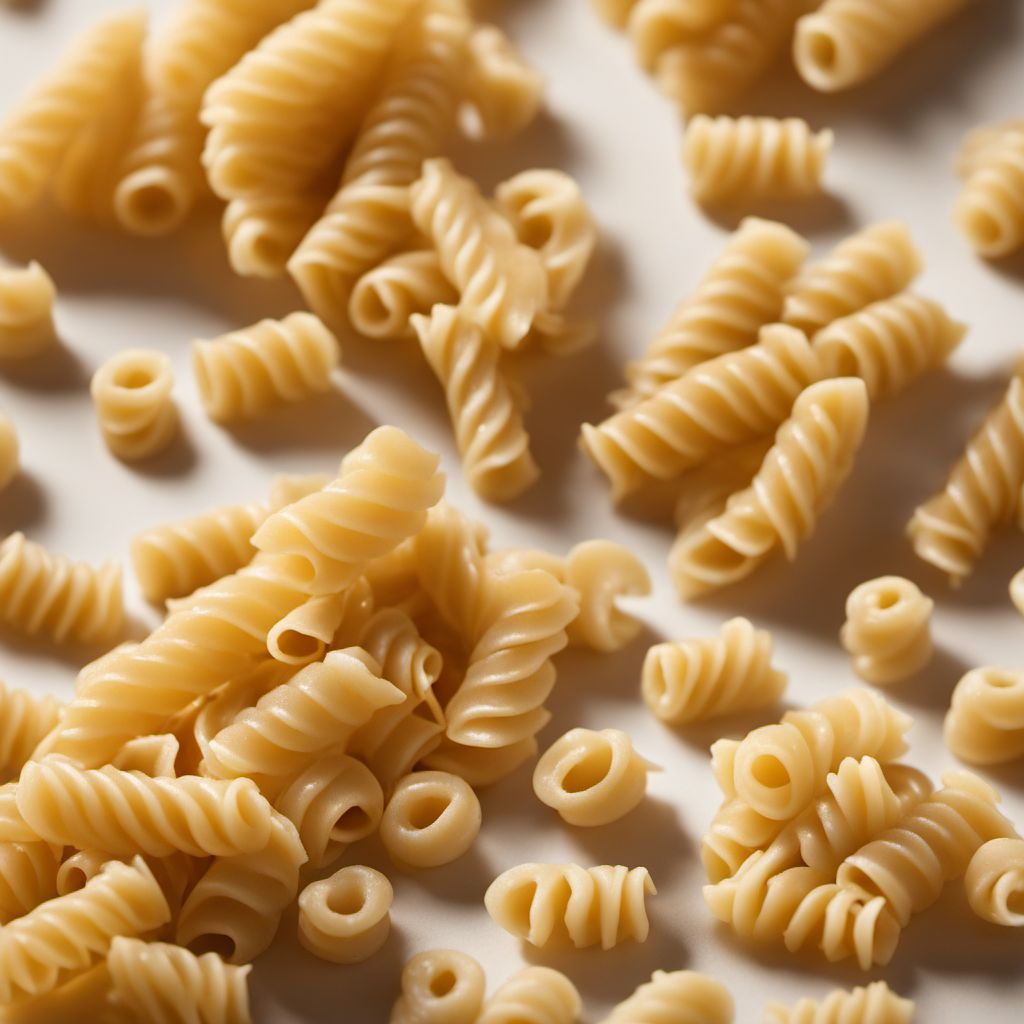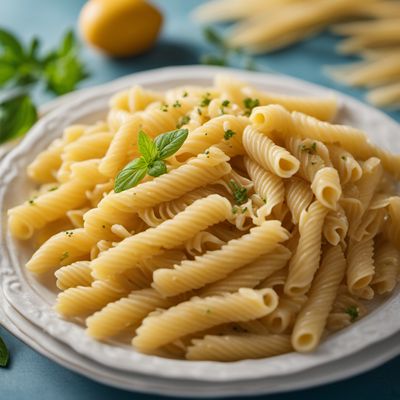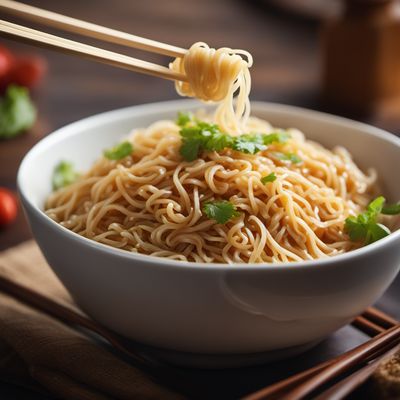
Ingredient
Pasta-like products
Versatile Carbohydrate Delights
Pasta-like products, such as spaghetti, macaroni, and penne, are made from durum wheat semolina or other grains, providing a chewy texture and neutral taste that pairs well with a wide range of sauces and ingredients. They come in various shapes and sizes, allowing for endless culinary creativity.
Origins and history
Pasta-like products have a rich history dating back to ancient civilizations, with evidence of pasta-like dishes found in China as early as 5,000 BCE. However, it was the Italians who popularized pasta as we know it today, with each region boasting its own unique shapes and recipes. Pasta has become a global culinary phenomenon, loved for its versatility and comforting nature.
Nutritional information
Pasta-like products are a good source of carbohydrates and provide energy for the body. They also contain small amounts of protein and fiber. The nutritional content may vary depending on the type of pasta and the serving size.
Allergens
Gluten is a common allergen associated with pasta-like products, as they are typically made from wheat semolina. Individuals with gluten intolerance or celiac disease should opt for gluten-free alternatives made from grains like rice, corn, or quinoa.
How to select
When selecting pasta-like products, look for brands that use high-quality durum wheat semolina or other grains. Check for a golden color and avoid products that appear dull or discolored. Opt for pasta with a rough surface, as it helps sauces adhere better. Fresh pasta should be firm and not sticky.
Storage recommendations
To maintain the freshness and quality of pasta-like products, store them in a cool, dry place, away from moisture and direct sunlight. Once opened, transfer any unused pasta to an airtight container to prevent it from absorbing odors and moisture.
How to produce
Amateur cooks can produce pasta-like products at home by combining flour, eggs, and water to form a dough, which is then rolled out and cut into desired shapes. Alternatively, pasta machines can be used to simplify the process.
Preparation tips
To cook pasta-like products, bring a large pot of salted water to a rolling boil and add the pasta. Cook according to the package instructions, stirring occasionally, until al dente. Drain the pasta, reserving some of the cooking water, and toss it with your desired sauce or ingredients. Remember to season the pasta with salt during cooking to enhance its flavor.
Culinary uses
Pasta-like products are incredibly versatile and can be used in a wide range of dishes, including classic Italian pasta dishes like spaghetti carbonara and lasagna, as well as international favorites like stir-fries, salads, and soups. They can be served hot or cold, making them suitable for various culinary creations.
Availability
Pasta-like products are widely available in grocery stores, supermarkets, and specialty food stores worldwide. They are a pantry staple in many households and can be found in almost every cuisine.
More ingredients from this category

Noodle, rice
The Versatile Grain: Rice Noodles

Gnocchi
"Pillowy Potato Dumplings: Exploring the Delights of Gnocchi"

Pasta, gluten free
Delicious Gluten-Free Pasta

Couscous
The Tiny Grain with Big Flavor

Glass noodle
Delicate Vermicelli

Asian-style noodles other than glass noodles
Exploring the Wonders of Asian Noodles